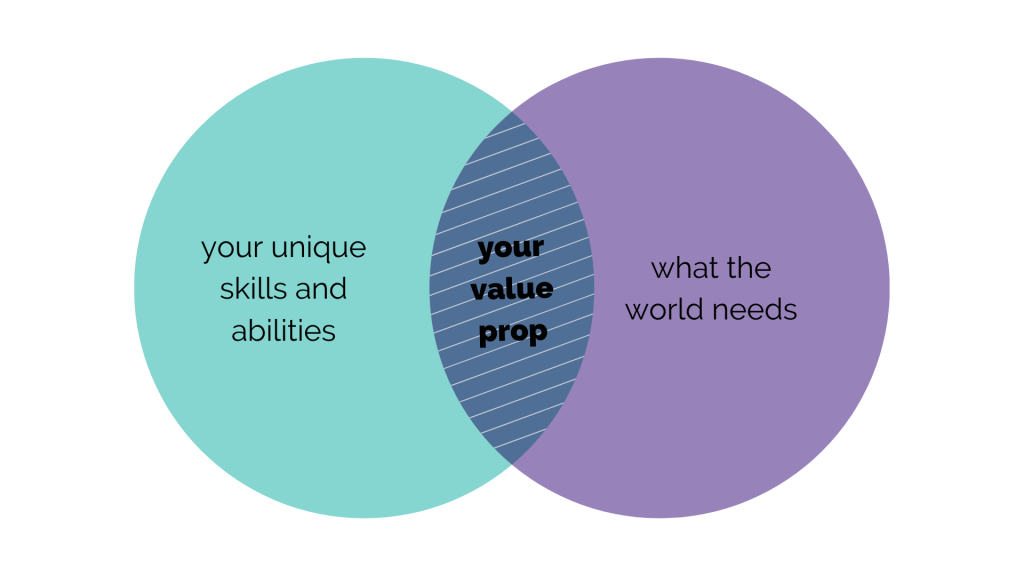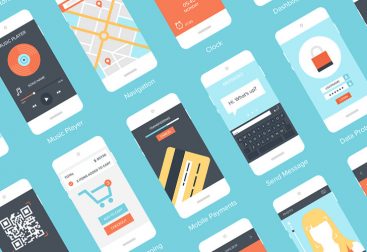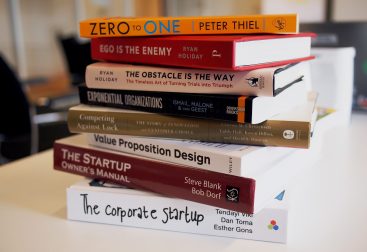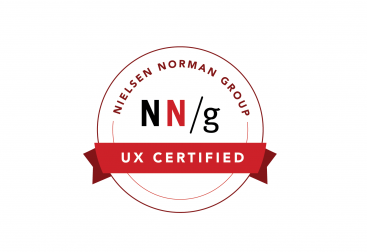Your life is the most important product you will ever manage
We never question the importance of analyzing, planning, prototyping and iterating when we are creating digital products; all these activities are key to creating great software that adds value to the world. However, when it comes to our lives, we don’t seem to always approach it in the same way.
The truth is though, our life can also be seen as a product, and we can make it very successful and meaningful by applying the same principles used in product management.
7 steps to life product management
- Define your vision: like defining a vision for your software product and where you want it to go, step back and think, what is your vision for your life? Who do you want to be and what do you want people to remember of you when you are no longer here?

2. Define your value proposition: take inventory of your unique skills and abilities. What are the things you can do well and enjoy doing? What does the world need? Your value proposition will be found somewhere in between these two (insert diagram with rounds and the middle part).

3. Create a roadmap: set milestones on the things you want to achieve and split those in small releases, as we do in software. As with setting goals, you could split your goals into quarters, instead of waiting for a big bang 😉 E.g. if you are trying to learn a new skill, you can split this in sub-goals and everytime your reach those smaller goals you will gain momentum and be more motivated to continue. Celebrate successes everytime, no matter how small they are. It would be a pity to only reward yourself at the end, and for sure it would not be very motivating to keep you going.

4. Set OKRs or KPIs: depending on how your prefer to call this, it comes down to the same: set key metrics that will show you how you are doing and if you are on track with your goals. This will help you stay accountable and keep an eye on the progress. E.g. if you are trying to lose 12 kilos, you probably could set a KPI to lose 3 kilos per quarter, or 1 kilo per month, or 0,25 kilo per week; this is a much more measurable result than just waiting till the end of the year and see if you are on track, or randomly weighing yourself and trying to figure out if you are doing well.

5. Prototype: in product management, creating prototypes is an easy way to brainstorm multiple solutions with low risk and low cost. In life, we should also be able to use the same method to try and experience possibilities. For example, if you want to switch careers, instead of going back to university and studying all over again for 5 years before you can experience how the other career would be like, could you instead contact someone that does this career and job shadow them or offer to help for a few days or weeks? This would be a way you can prototype another career, and similarly it can be applied to other areas of your life you want to experiment with.

6. Use Scrum: since scrum is a proven technique for agile software development, why don’t we also just use it for our lives too? It makes perfect sense: everything changes fast so we do need to be agile, right? Can you imagine how boring it would be to live our lives in a “waterfall” way? We would miss out on so many opportunities due to the “fixed planning”. Here is how you can use Scrum in your life:
- a daily stand-up for 15 min with yourself in the morning, to set priorities for the day and get focused
- a sprint planning to plan and organize activities to progress with your goals for the next 2 weeks
- a product backlog helps you structure all the different initiatives and areas of your life and helps you keep everything organized while doing the most valuable things first
- backlog grooming could help you redefine priorities in case of changing circumstances and unexpected events
- a sprint retrospective helps you take a few minutes to look back and reflect on what went well, what could be improved, and what you learned. It’s these moments of reflection that are the ones contributing the most to our growth.
- last but not least, you can also use a Kanban board for major projects happening to get organized. People all over the world are using these for weddings, house movings, etc. My favorite tool to create Kanban boards is Trello.

7. Iterate: as with every process, iteration cannot be missed her either. You might need to repeat this process multiple times to get closer to your best life and that’s totally OK. Nobody has it all figured out and every time you try you can only get better.
If you want to learn more on agile product management with Scrum you can watch my free Skillshare class or check out my favorite readings on the topic.








